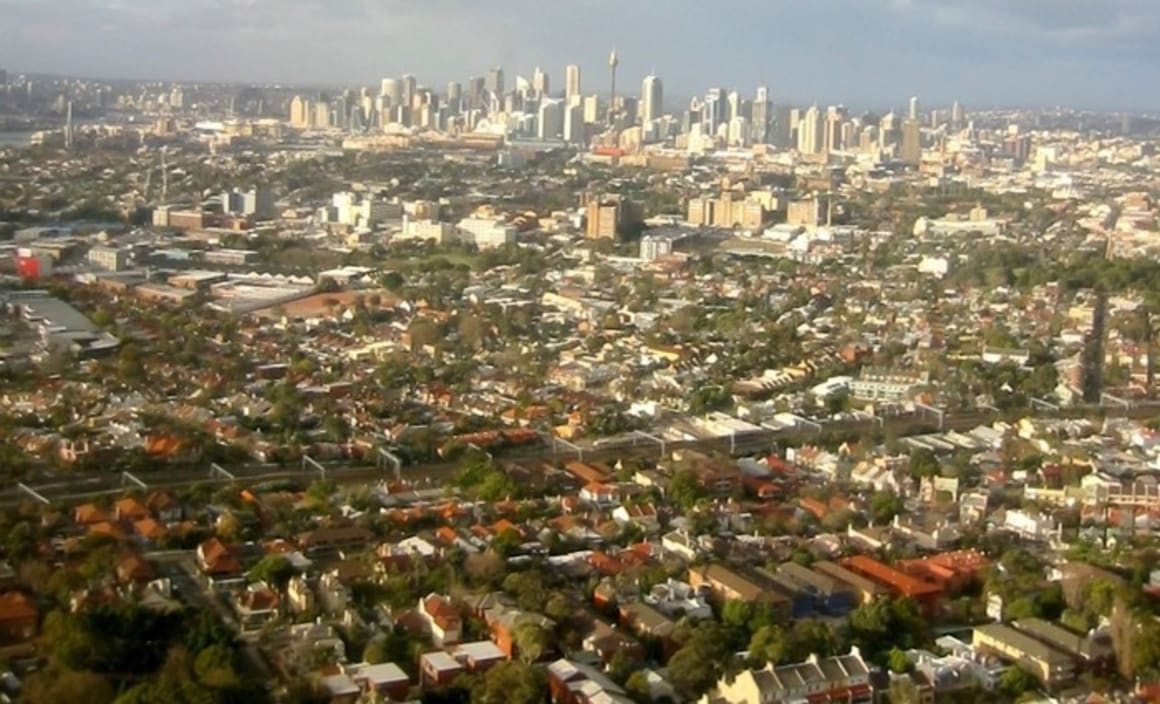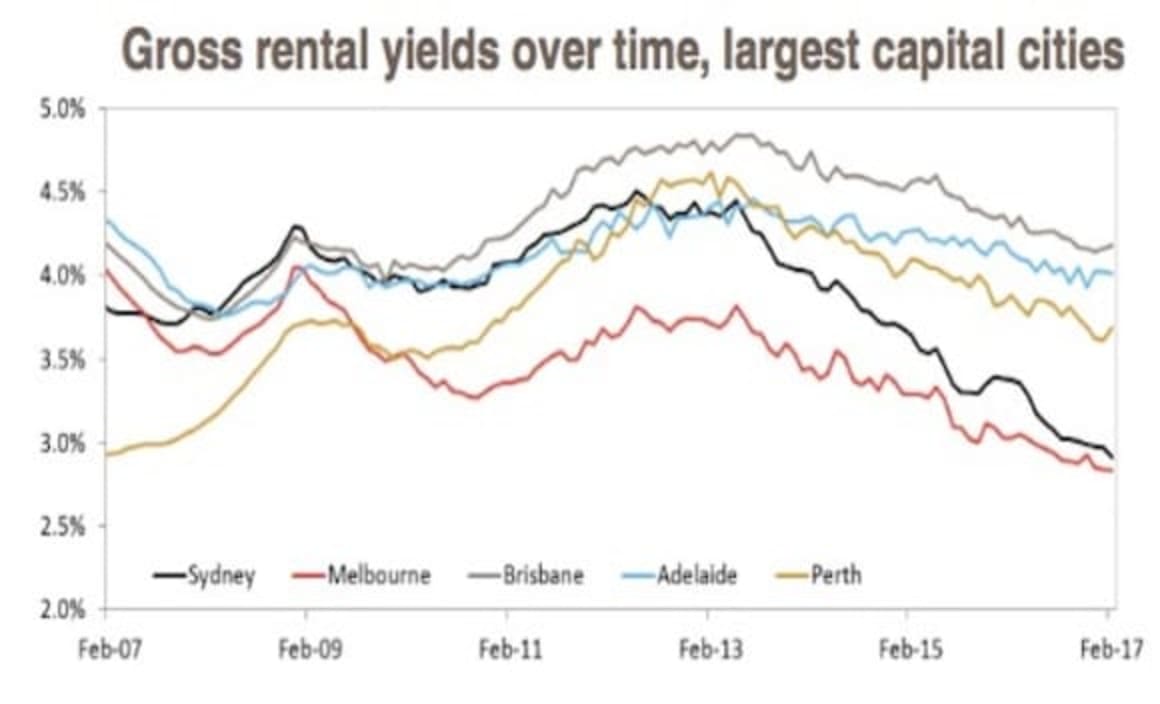Investors speculating growth will continue as Sydney hits 104 percent spike since GFC: CoreLogic

The latest results take the current housing growth cycle into its 58th month, according to CoreLogic’s latest report.
The property data firm says that since capital city dwelling values started to rise in June 2012, dwelling values have increased by a cumulative 47.3 percent, ranging from a 74.9 percent capital gain in Sydney, to a net rise of 6.0 percent in Perth.

Sydney, and to a lesser extent, Melbourne, have remained at the top of the capital gain tables over the past two cycles.
Since the beginning of 2009, Sydney dwelling values have more than doubled, rising by 104.5 percent while Melbourne values are 87.7 percent higher.
The next best performing capital city over the same period was Canberra where dwelling values have risen by a comparatively modest 37.4 percent.
Mr Lawless said the strong growth conditions across Sydney have provided a substantial wealth boost for home owners, "however, the flipside is that housing costs are becoming increasingly out of reach.
"This is especially true for price-sensitive segments of the market such as first time buyers and low income families.”
“Affordability challenges are most pronounced across the Sydney housing market where, based on September 2016 data, dwelling prices are almost 8.5 times higher than gross household incomes.
The second most expensive capital city, Melbourne, has a dwelling price to income ratio of 7.1.”
In contrast, the February results show that the cities with greater exposure to the mining downturn have continued to record weak housing market results.

Dwelling values slipped lower in Perth and Darwin over the month, taking the cumulative decline in values since these markets peaked in 2014 to 10.0 percent and 11.5 percent respectively.
Brisbane also recorded a fall in dwelling values over the month, however values have been slowly trending higher despite the negative monthly result.
As a consequence, housing affordability has shown a marked improvement in these regions, with the dwelling price to income ratio tracking at 5.7 in Brisbane, 5.5 in Perth and 4.5 in Darwin based on September 2016 data.
While dwelling values continued to rise, weekly rents remained comparatively soft. As a result, downward pressure has been placed on rental yields.
The average dwelling yield across the combined capital cities fell to 3.2 percent over the month, which is a new record low.
Five years ago, the average capital city yield was a full percentage point higher at 4.2 percent.
Sydney has shown the most significant compression in rental yields over the past five years, with the average gross yield reducing by 150 basis points to reach 2.9 percent (2.7 percent for houses and 3.7 percent for units).
Mr Lawless said despite the record low rental yields on offer, investor demand remains high, suggesting investors are likely to be relying on a negative gearing strategy to compensate for their cash flow losses.
"It also indicates that investors are speculating on future capital gains.”

“The latest housing finance data from the Australian Bureau of Statistics indicates that investors comprise approximately 57 percent of new mortgage demand across New South Wales (excluding refinanced loans).
This is substantially higher than the long run average, which is slightly above one third.”
Commenting overall on the February results, Mr Lawless said, “The renewed strength in the housing market is corroborated by a range of other data points such as auction results, low advertised stock levels and rapid selling times.”